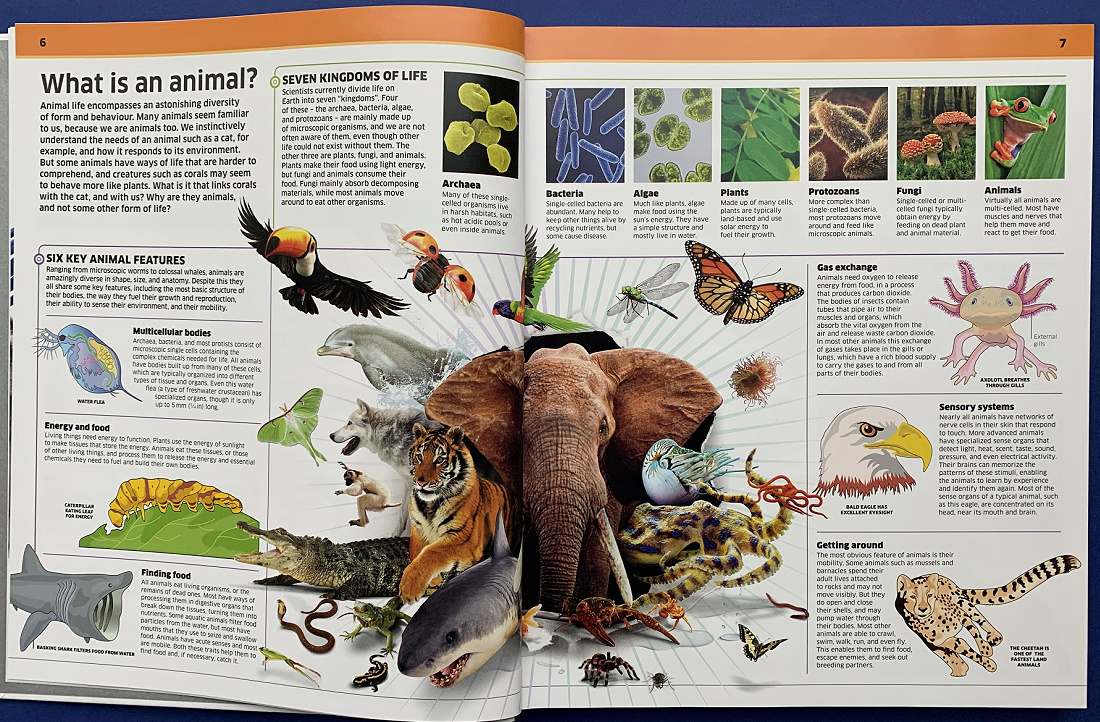In the vast tapestry of the natural world, one of the most captivating and enigmatic aspects is the intricate language of Katze. Beyond the surface, where chirps, roars, and howls may seem like mere sounds, lies a complex system of communication that is fundamental to the survival and thriving of countless species. As we delve into the fascinating realm of animal communication, we uncover a world of signals, gestures, and vocalizations that form the backbone of their societies.
Body:
- Diverse Modes of Communication: Animals employ a myriad of methods to convey information to one another. While some rely on vocalizations, such as the melodic songs of birds or the haunting calls of wolves, others communicate through body language, utilizing postures, gestures, and movements. The underwater realm, too, is a hub of communication, with whales using intricate songs and dolphins employing a sophisticated system of clicks and whistles.
- Chemical Conversations: In addition to audible and visual communication, animals engage in chemical conversations through pheromones. These chemical signals, often released through glands, serve various purposes, including marking territory, signaling reproductive readiness, and establishing social hierarchies. Ants, for example, follow pheromone trails to locate food sources and guide their fellow colony members.
- The Art of Mimicry: Some animals have mastered the art of mimicry to an astonishing degree. Birds, like the lyrebird of Australia, are renowned for their ability to imitate a diverse range of sounds, from chainsaws to camera shutters. This mimicry plays a crucial role in courtship rituals and establishing territory.
- Intricacies of Birdsong: Birdsong is a complex form of communication that goes beyond mere melodies. Birds use their songs to convey information about their identity, territory, and even their emotional state. The dawn chorus, where birds sing in unison during the early morning, is not just a beautiful spectacle but also serves as a communal announcement of a new day.
- The Social Language: Animals that live in groups, such as primates and social insects, have developed sophisticated social languages. Primates communicate through a combination of vocalizations, facial expressions, and body postures to express emotions, warn of danger, and maintain social bonds. Bees, on the other hand, perform elaborate dances to communicate the location of food sources to their hive mates.
- Technology’s Role in Decoding Animal Communication: Advances in technology have enabled scientists to delve deeper into the intricacies of animal communication. From high-tech recording devices that capture ultrasonic bat calls to sophisticated algorithms that analyze whale songs, researchers are uncovering the nuances of animal language, providing valuable insights into their behavior and ecological roles.
Conclusion:
The intricate language of animals is a testament to the diversity and complexity of life on Earth. As we continue to unravel the mysteries of their communication systems, we gain a deeper appreciation for the interconnected web of relationships that sustains the natural world.
